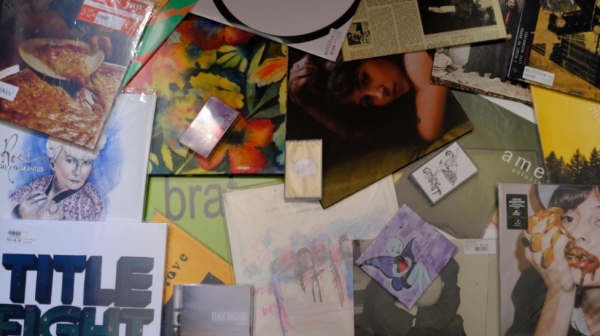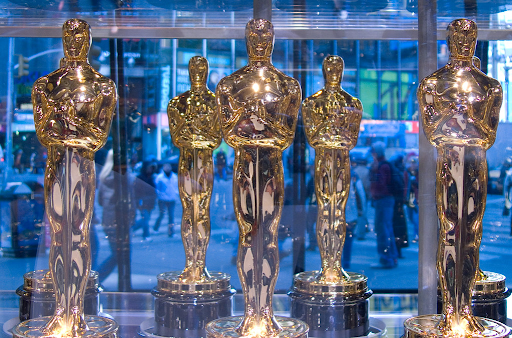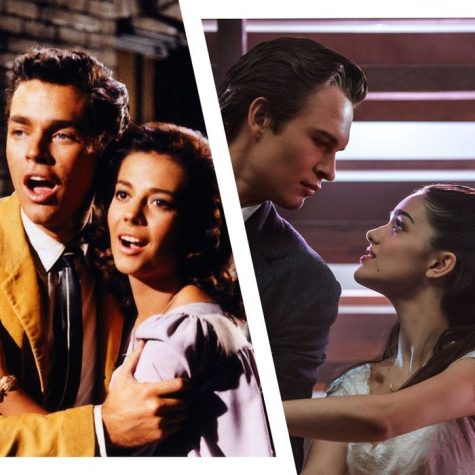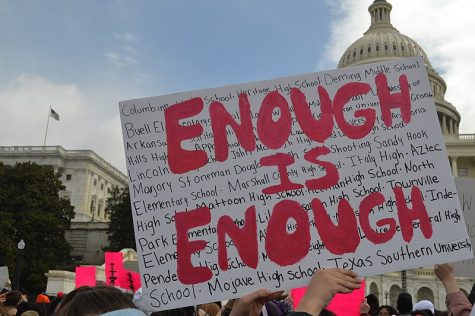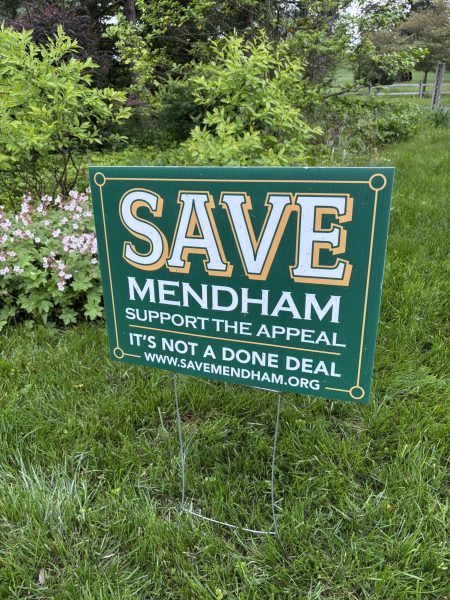George Floyd and Police Brutality

George Floyd Memorial
Tragedy struck on May 25, 2020 when hip-hop artist George Floyd was killed during an arrest attempt by Minnesota police. The accused killer, police officer Derek Chauvin, knelt on Floyd’s neck for almost 9 minutes. The event was videotaped and the brutal images sparked peaceful protests around the country led by Civil Rights activists who sought to end police brutality against African Americans and other people of color. In Washington, DC, armed federal agents “sent [the protesters] running with chemical agents and rubber bullets.” (Washington Post)

In an article for the website “Think”, political science professor Scott Lemieux wrote: “There is no bigger government than one that can kill its citizens at will for protesting the government killing them at will. It’s one reason the right to protest is our First Amendment.” Compare this to how the government responded to the Capitol Hill Riots in January, at which there were the same amount of protestors who were much more violent and all white. These protestors stormed the Capitol Building with Trump Flags waved high, guns bared, and death threats painted on posters with the words ‘Hang Mike Pence’. The Government, in response, deployed the Capitol Police, which consists of 2,300 members. Only half are armed officers, one of whom was killed during the coup. This highlights the difference in police brutality between people of color and white people.

In the current trial, Chauvin vs. Minnesota, Chauvin is charged with second- and third-degree murder as well as second-degree unintentional murder. The evidence brought to the courtroom appears to point towards intentional murder. Floyd had repeatedly stated “I can’t breathe,” while Chauvin’s response was to shift even more weight onto his neck. Floyd became lifeless and was later pronounced dead at the hospital. This has become America’s most important criminal case, which Civil Rights activists are calling a test of American justice.
Tommy Kessler is a Junior at West Morris Mendham High School, and is a returning staff writer for the School Newspaper, The Patriot. Tommy joined because...

